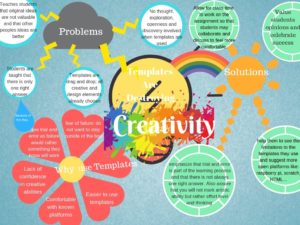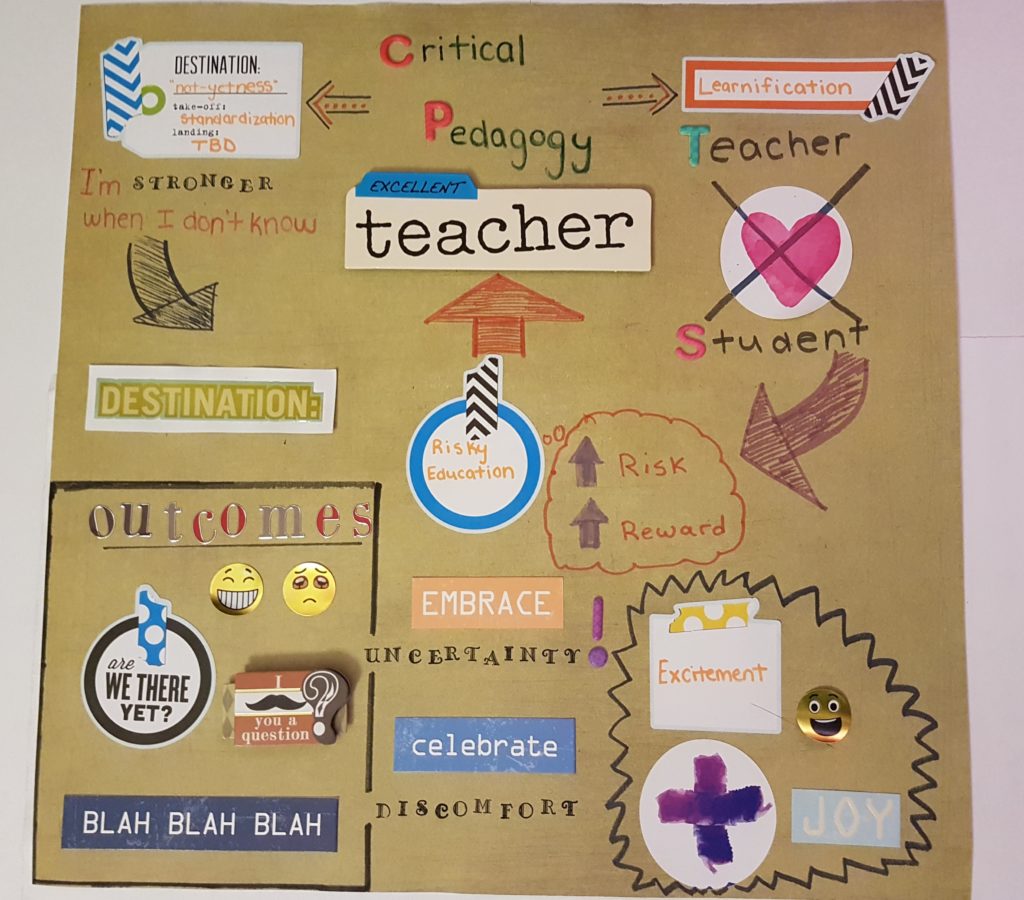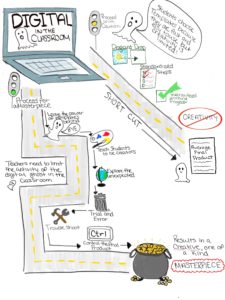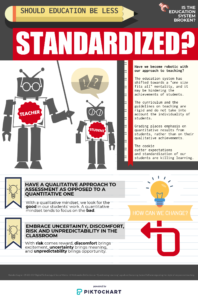During my time reading and listening to Hybridod Episode 10, featuring Amy Collier as the guest speaker, it was time that we would dive into the importance of critical pedagogy and a new theory known as ‘not-yetness’, a theory that is around the basis of feeling good about not knowing something. We go on our adventure together of understanding what it means to be uncertain and relating it to the technology we use in today’s society. I have an outline attached to the podcast information and my personal beliefs to Amy Collier’s discussion. I will give a brief overview on how our journey will go. Get ready……… however you wish. Whether you would like to read it aloud to yourself, have some read I to you, or clicking the link to the actual podcast with the script attached is up to you. As Amy has told us and what you will discover yourself, life is not a simple A to B straight line. We all have different ways to reach a goal and have our own obstacles in our way before we can reach that path. We will discuss the importance of critical thinking and connecting it to technology and use education models to support our theory. Just to give you a snap shot of how sometimes questions that seem very straight forward, never are that easy. Enjoy this little presentation and remember “The world’s changing! Time we change to!” (Anyone get that reference? Sorry killed the mood.)
Script
https://docs.google.com/document/d/1gi9yWH0xszyNppPs5-YjW6x1EpgDPxsA789_MDQwGOM/pub
Presentation





